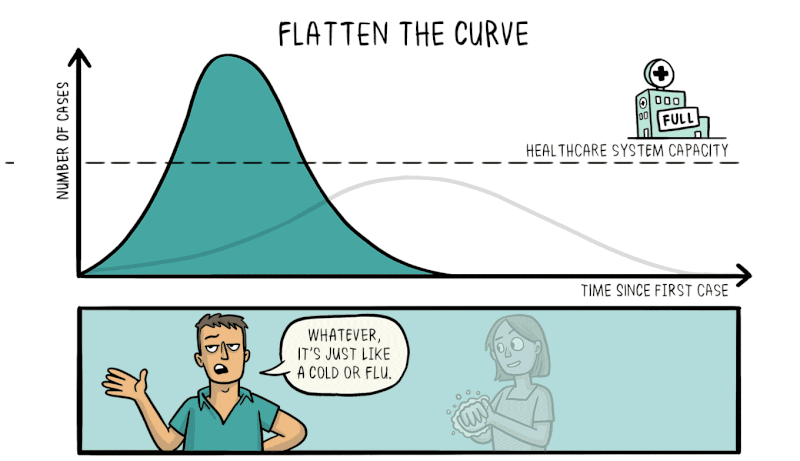In 1964, a graduate student named Donald Currey was studying the history of glaciers in Nevada, USA. He came across some bristlecone pine trees, which he suspected may give him some clues about the Ice Age. This is because previously, another scientist had discovered similar bristlecone pines nearby in California that dated between 3000-5000 years old.
So Currey decided to sample some of these trees to determine their ages. He thought that if he could show that the trees uphill were much younger than the trees at the base, it may prove that glaciers expanded down the mountain and pushed the trees back downhill.
Currey came across a particularly old-looking tree. He got permission from the Forest Service first, then cut the tree down to count its growth rings – the most accurate way to figure out how old a tree is. As the tree’s bark changes in a predictable fashion, a tree will gain one ring for every year of its life. An interesting point is that trees are often dated nowadays by taking a core sample instead of cutting it down (and thus killing it). It is uncertain why Currey and the Forest Service opted to cut the tree down instead.
After counting the rings of this tree, Currey realised that the tree (dubbed “Prometheus” by local naturalists) was 4844 years old – the oldest tree in existence in the world. Well, it was until it was cut down.
More modern analysis of Prometheus’ remains revealed that the tree was likely closer to just over 5000 years old at the time of its death, which makes Prometheus the oldest known tree and (non-clonal) organism in recorded history.
As expected, when Currey published his results, there was a massive outcry. In the name of understanding nature better, he inadvertently killed the world’s oldest tree.
Since the demise of Prometheus, another tree by the name of Methuselah has taken the crown of “oldest tree in the world”, at the age of 4852 as of 2020.
The lesson here is clear: before cutting a tree down, check that you are not accidentally killing the oldest tree in the world.
















